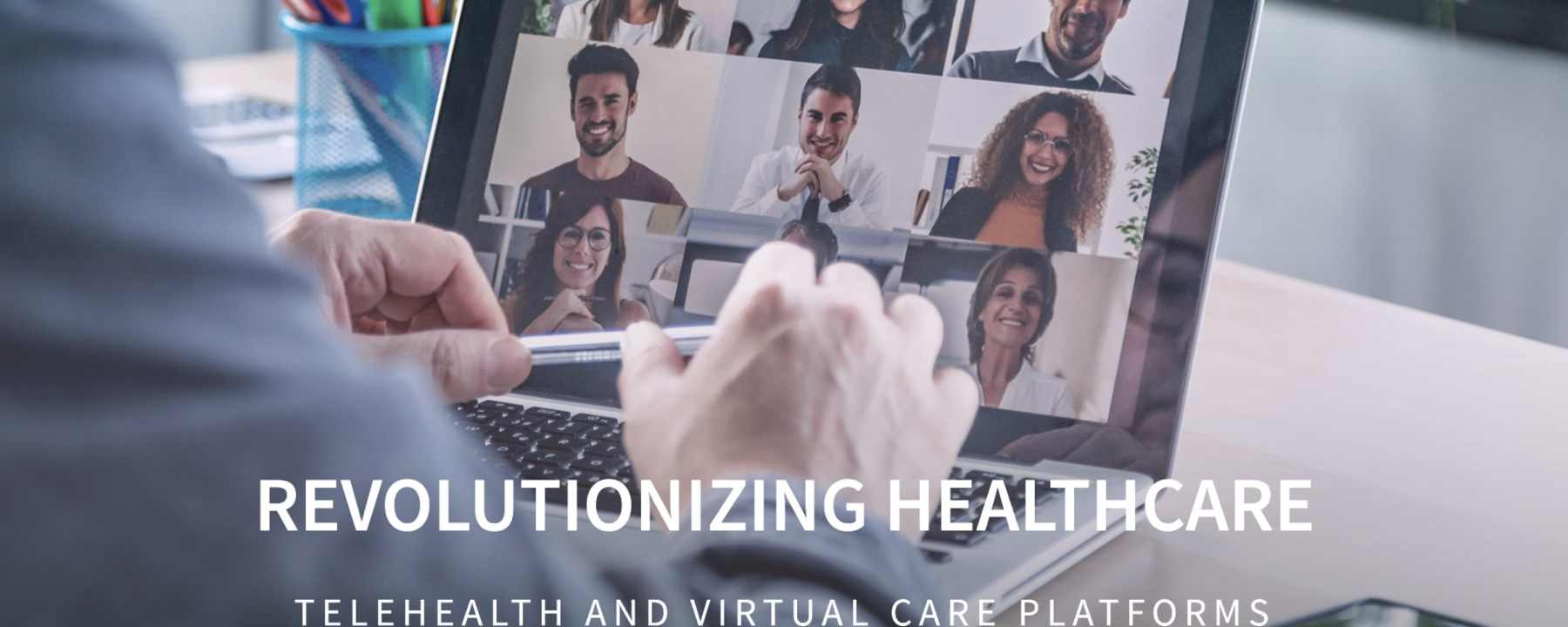
The Role of Digital Tools in Enhancing Patient Support Programs in LATAM
Introduction
In today's rapidly evolving healthcare environment, digital tools are transforming patient support programs (PSPs), offering enhanced care, better accessibility, and personalized solutions. These programs, which are crucial for guiding patients through complex treatments, are now more efficient thanks to technology. In regions like Mexico, Brazil, and across LATAM, where healthcare challenges are unique, the integration of digital solutions is essential for improving patient outcomes, satisfaction, and treatment adherence.
This article explores how Bio-pharma companies are leveraging digital innovations to elevate PSPs in LATAM, detailing practical applications such as telehealth, omni-channel contact centers, and mobile health apps.
Digital Tools Enhancing Patient Support Programs
1. Telehealth and Virtual Care Platforms
Telehealth has revolutionized healthcare by enabling remote consultations, particularly beneficial for regions with limited access to medical services. For instance, in Brazil, telehealth platforms connect rural patients to specialists in urban areas, providing timely diagnoses and follow-up care. These platforms often include patient education portals, offering resources on treatments and conditions, thereby reducing the need for hospital visits and improving patient outcomes.
2. Omni-Channel Contact Centers for Comprehensive Support
In LATAM, patients often prefer different communication methods depending on their location and technological access. Omni-channel contact centers provide support through various channels like phone, chat, email, and social media. An example from Mexico demonstrates how cancer patients benefitted from such a center that provided 24/7 support through WhatsApp, phone, and an app. This seamless, multi-channel support allowed patients to receive instant guidance on medication side effects, improving overall satisfaction and adherence.
3. Personalized Patient Education Through AI and Machine Learning
With the help of artificial intelligence (AI) and machine learning, patient education can be tailored to individual needs. In Brazil, an AI-powered platform for diabetes management uses patient data to offer customized dietary advice and medication reminders. This personalized approach not only educates patients but also increases engagement, as the information is relevant and applicable to their personal health journey.
4. Health Science Advocacy Through Social Media and Digital Campaigns
Social media has become a powerful tool for health science advocacy, allowing patients and healthcare providers to raise awareness and share valuable information. In LATAM, patient advocacy groups are using platforms like Facebook and Instagram to promote campaigns on conditions such as rare diseases. A notable initiative in Argentina saw advocacy groups leverage Instagram stories to spread awareness, gaining significant traction and fostering a supportive patient community online.
5. Digital Surveys and Real-Time Feedback in Satisfaction Studies
Patient satisfaction is a key metric for improving healthcare services, and digital tools like online surveys provide real-time feedback. A Bio-pharma company in Mexico implemented a mobile app for collecting patient feedback after doctor visits, enabling instant data collection. These insights helped the company refine its support programs, leading to higher patient satisfaction and better adherence rates.
6. Mobile Health (mHealth) Apps for Chronic Disease Management
Managing chronic conditions such as diabetes and heart disease requires continuous support, which mobile health apps provide. In Brazil, a heart disease management app tracks vital signs, offers medication reminders, and provides personalized health tips. This app, part of a broader patient support program, also integrates telehealth services, allowing patients to receive real-time care and follow-up advice, thereby improving treatment outcomes.
7. Wearable Technology for Continuous Health Monitoring
Wearable devices, like smartwatches, are transforming patient support programs by offering continuous health monitoring. In Mexico, a Bio-pharma company partnered with tech firms to provide patients with wearables that track heart rate and physical activity. This data is shared with healthcare providers in real-time, enabling early interventions when needed and enhancing personalized care.
8, Virtual Reality (VR) for Pain Management and Patient Education
Virtual reality (VR) is emerging as a tool for pain management and patient education. A pilot program in Brazil introduced VR headsets for cancer patients undergoing chemotherapy. By immersing patients in calming virtual environments, VR helped alleviate pain and stress. Additionally, VR was used to educate patients about their treatments, allowing them to explore the human body in an interactive and engaging way.
Case Studies: Bio-Pharma Impact in Mexico, Brazil, and LATAM
In Mexico, a leading Bio-pharma company established an omni-channel contact center offering 24/7 support through telehealth, chat, and mobile messaging, which significantly improved patient satisfaction. In Brazil, digital tools were employed to streamline patient satisfaction studies, using mobile apps to gather real-time feedback and insights that helped optimize patient care.
Conclusion
The integration of digital tools into patient support programs is revolutionizing healthcare across Mexico, Brazil, and LATAM. From telehealth to mobile health apps, these innovations are making healthcare more accessible, efficient, and patient-centered. Bio-pharma companies must continue adopting these technologies to stay competitive and meet the growing needs of patients in the region.
If your organization is looking to enhance your patient support programs, contact us today to explore how our digital solutions, including patient education, health science advocacy, treatment satisfaction studies, and omni-channel contact center solutions, can make a difference in LATAM healthcare.